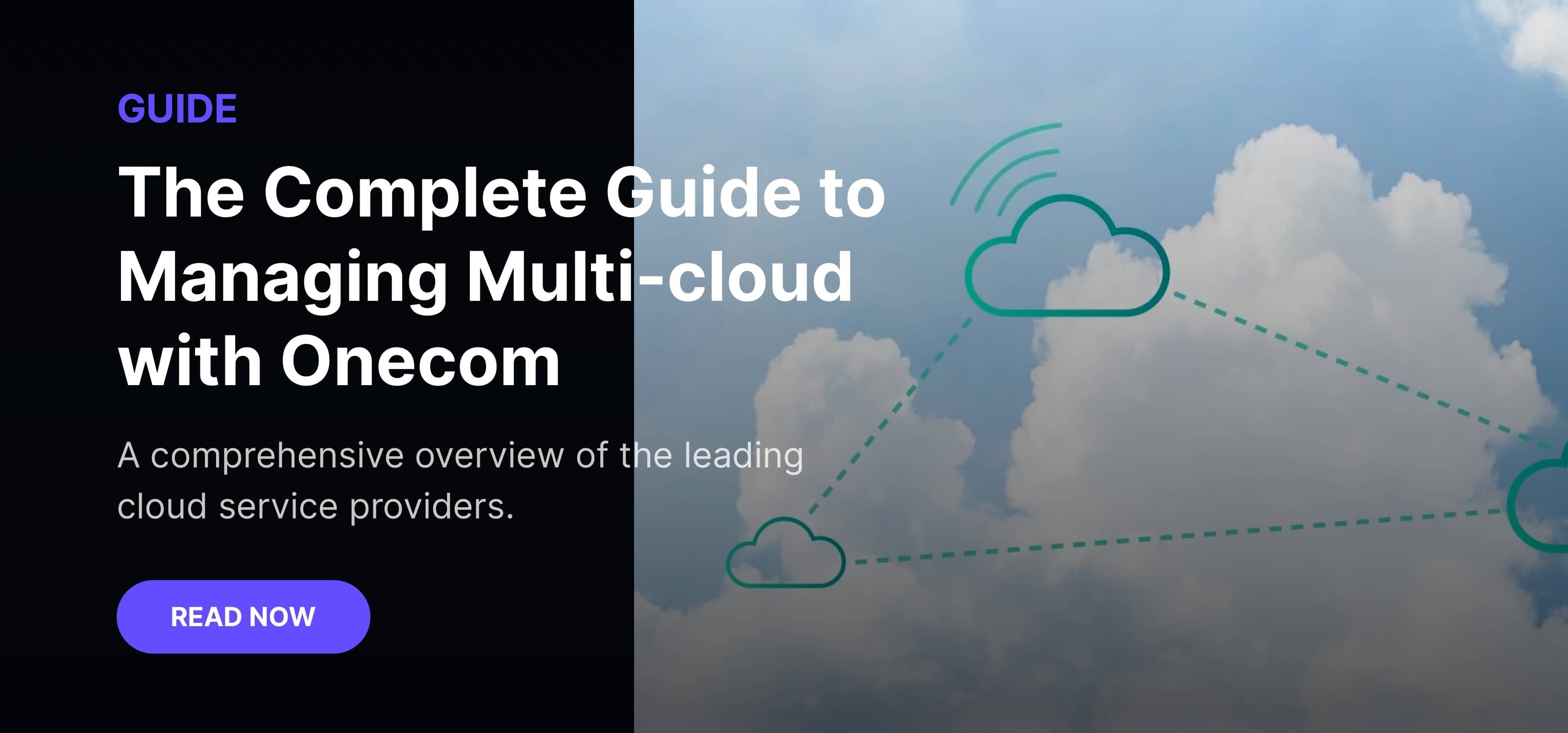Like lots of emerging successful technologies, it’s the migration to that new technology that can be challenging. You know it’s a good thing to move, and move you must if you want to your business to remain competitive and secure – but, well, when should you move. Now or later? Is waiting an option? And that is how companies get left behind.
The Cloud, or at least moving to the cloud can inspire that kind of thought process and, if you are not careful, inaction. It’s a relatively new, relatively complicated concept – and, as such, really very important to understand it.
Fundamentally and there is no getting away from it, if it’s for you, acting sooner rather than later is a priority and a business necessity; when the Harvard Business Review publishes a report citing the multiple business benefits of migrating to the Cloud the time for serious consideration has arrived.
Cloud “Jargon" Busting
Cloud computing is a simple concept. A service provider will, for a fee, take your data communications and applications processes away from your organisation and manage it for you. It can take any form you like, from a login via a web page or a fully integrated system that appears as part of your system. It is secure, cost effective and flexible and you have access to everything you needs 24/7.
Of course this can be any kind of data management and computing, from sales account management or integrated communications provision. You connect to your part of the Cloud and suddenly all your applications and services are there for you to use, and you are only charged when you use them. So, no having to buy the whole software suites, no dark rooms with servers humming away day in, day out; you just rent what you need for as long as it takes you to complete your business tasks. In essence your infrastructure is provided as a service (IaaS).
Change for the Better
As you might imagine the impact of all this can be enormous. Depending on what service you decide to take up you could be looking at a reduction of staff (the IT department could will have a lot less work on its hands), certainly a reduction of equipment, where network services and servers are moved out of house and more likely than not a new way of working as new applications change and support your work flow.
For this reason good planning is imperative. If you decide to take the plunge you need to know how it is going to happen.
Licence to Save
One area that often catches people out is the issue of software licences, any programs you have already that have licenses will have to be moved to the service provider – and at that point checking that the service provider hasn’t already got licenses for that app, because you may end up paying twice. Of course, whatever provider you choose will have to have the facility to support all your applications. Most cloud suppliers will do this as a matter of course, but it pays to check.
But for the bigger enterprises that are going this route it’s the redeployment or reduction of staff that is the biggest issue. Anything from database support engineers to network administrators, there is likely to be a serious upheaval as a result of a move like this.
All of this can be planned for as part of a company’s Comms and IT refresh cycle. The upgrading of equipment and development of new software platforms dovetails seamlessly to the kind of things that come from moving to the cloud.
All Sizes Welcome
New ways of working and thinking about how you work will need to be very carefully worked out, but the result is a freer way of working – you want more processing power on Wednesday to run a massive digital marketing campaign well it’s easy, you buy a few more cycles for the day.
Can’t justify buying a license for a certain piece of software that three times a year would make your life so much easier? Maybe your supplier has it and you can ‘rent’ time using it three times a year. In fact that would be a very good reason to go to that particular supplier. That is also why some many small business, keeping a keen eye on capital and operating expenditure, are moving to the cloud.
Moving to the cloud is like moving in to the same house after it has been modernized; it’s the same house but everything is just a little bit better; faster and simpler. And with the advantage of things being future proofed: if your business expands it will expand with you. And if your business shrinks you won’t be stuck with an in-house infrastructure that will drag you down, you simply use less of your cloud service.


